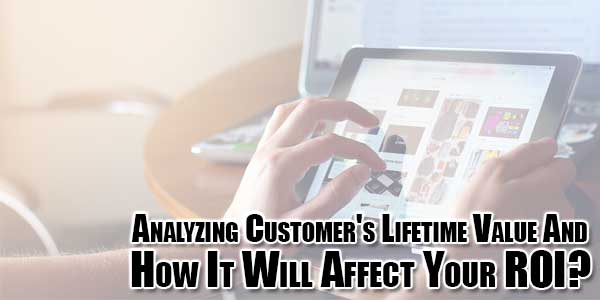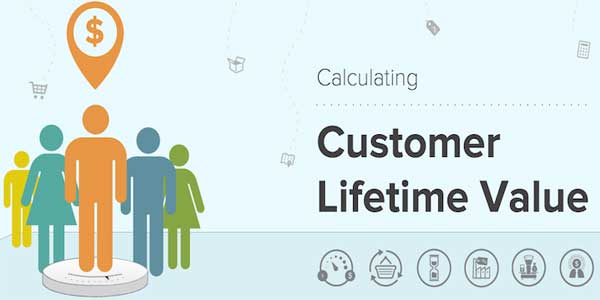
There are several reasons behind a company either failing or at least not achieving a level of success that they potentially would have achieved considering their product and expertise. One of those primary reasons is the inability to establish their brand. It is essential to your business and your customers to associate your brand as a great one.
Table of Contents
How To Establish A Brand In The Digital Age?
Nowadays, the main goal of businesses is to build a strong brand presence online. The most important step is to legally acquire a name for your company which will be your brand. Then, secure a domain name using this name. Finally, you need to excel in your niche to show your expertise in the services or products you offer.
How To Relate With Customers?
One of those primary reasons is the inability to establish a real relationship with their customers. Most companies view their business with the customer at a transaction level, losing them as soon as the customer gets on the landing page. When the focus is on a per transaction basis, it can be argued that this can be quite a short sighted means of basing your business assessment. Establishing a long term and continuous business relationship with a customer, or a client, is very beneficial not just for income growth, but even for increased brand presence. Hence, it is very important that a company establishes a long term relationship with its customer, and one way to do that is by recognizing the potentials of customers by finding out the Customer’s Lifetime Value.
What Is The Customer’s Lifetime Value? (CLV)
CLV is, in the simplest terms possible, an estimation of the amount of business, we can get from a customer during the entire course of the customer’s interactions with the company. While the term “lifetime” can entail a very long period of time, CLV only refers to the amount of time that the customer is an actual customer of a particular company. For example, if person A goes to a diner for lunch on a daily basis, but only does so because said customer was working a temporary job in the building across the street from the diner, and the said temporary job only lasts for six months, then one can base the Customer’s Lifetime Value within the span of those six months in which the customer is projected to avail of the product. The estimated business that one makes during that period of time is the CLV.

How To calculate The CLV?
There are several ways to calculate CLV. The simplest would have to be to look at Historical CLV. Historical CLV entails that one takes a look at what a customer had previously spent on a company. The amount, taking into consideration the rest of the time it is projected that the customer will be spending on your company, would be a customer’s projected CLV. One of the downsides of using historical CLV though, is that it doesn’t account for future changes. Let’s say a company releases a new product, or pulls out an old one, this would definitely affect CLV, but these factors are neglected by historical CLV computation.
One can say that computing for the CLV can be quite a task, considering that watching for individual customers can be a lot of work, especially for bigger companies. That is where Cohort Analysis comes in. Cohort analysis further simplifies the calculations by grouping together customers with similar tendencies. The similar sets of characteristics make it easier to not-just take into consideration numerous customers, but also make it easy to see trends for groups of people by watching how a particular group spends on a specific period of time.
Your CLV And Your ROI:
The Return on Investment, or ROI, is one of the most important factors in marketing. It’s one of the first items of concern when developing any marketing strategy or launching (even developing) new products. ROI is always a priority, and after establishing that CLV is truly important in business, how does it affect your ROI. Keeping an eye on your CLV yields a lot of positive consequences for your ROI. First off, it gives you a nice return on your customer acquisition costs. While new customers aren’t exactly the area of CLV, as it is about existing customers, a longer lifetime for customers means them encouraging others to become new customers to your business, and whatever amount you had spent on acquisition has yielded with more returns than initially fished. There also is the benefit of customer retention, as more regular customers mean more income. Other benefits include the cross selling products and the reduction of general costs.
Prioritizing Your Customers:
Since CLV directly impacts ROI, you know now how important customers are to your business growth and brand expansion. As a rule of thumb, you have to prioritize the customers. You need to listen to their criticisms and suggestions that will ultimately gain you insights how to improve your services or products. Even in your marketing efforts, you have to prioritize customers. When writing posts, don’t just highlight the functions of what you are selling instead, write informative posts that your target audience would love to reference to.
All in all, by establishing a Customer’s Lifetime Value, you can meet your customers’ needs better, making way for a higher ROI and less costs.

 About the Author:
About the Author:
















Be the first to write a comment.